Let’s hinge them together!
What do we mean when we use this phrase? The human body, we could say, is made up of different types of hinges in the form of joints!
A hinge is an external joint that holds two elements or facades together, permitting limited rotational movement. In Interior Design when joined by typical hinge types, objects rotate relative to each other on an axis that is fixed.
However, practically through most of its application, hinges allow movement only in one plane about the central axis.
Hinges can be made of a variety of materials, and they can be flexible or have moving parts. They are available in different finishes as well to suit the purpose and color options but antiqued copper, chrome, brass and black are the common ones.
The various types of hinges are classified according to their intended use and location. Let’s have a look at the various types of hinges mostly used by Professional interior designers:
From application ranging from doors, windows, cabinets and almost all furniture these are the most commonly used type of hinges.
These are also called Mortise Hinge. Usually, three or four number of these is mortised into the door and its frame.
Hinges for use in the interior doors are made of steel mostly, while when used for exterior doors one needs to take care of the risk of corrosion, so brass or stainless steel hinge are more appropriate for Interior design projects.
This category again comes in different types of hinges and they can be used in different places depending upon the type being used.
Appearing similar to a barrel, this hinge is easy to install as the joint is simply a hole that is drilled into the work piece.
- These are generally used for gates and applications having low loads on the radius.
No wonder they derive their name from the hinges that allows someone to life up the top of a piano. Since they generally run across the entire length of the piano’s flat edge, they are also called as the continuous hinges.
In modern times the interior designers used hinges to cover the length of an entire two objects that needs to be joined together. It’s application ranges from toolbox, folding wall partitions, shower doors apart from the obvious piano construction.
In the shape of a butterfly and with a finish makes butterfly hinges an interesting piece of design.
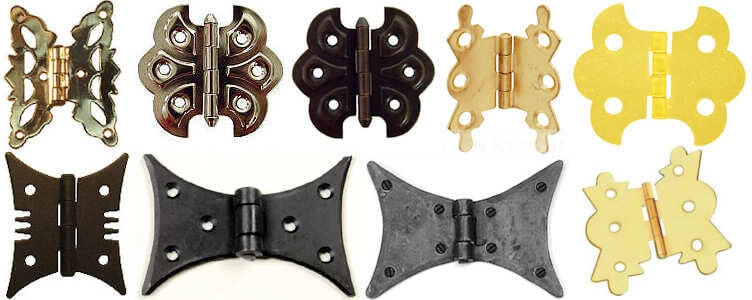
- It is best used for instances where the hinge might be visible in boxes, cabinets of general furniture.
- It is also used in cupboards to make it swing open easily such as in the case of kitchen interiors.
- Butterfly hinges also find their uses in installing shutters, trunks, or any other item with a lid or a door to open. Moreover, if you are confused about the types of hinges and their application, this option can be of great use.
The design appears close to the spreading wings of a butterfly from the centre pin. Available in different textures and finishes to provide suitable color options, they contribute to the overall appearance of the hardware.
These are smaller hinges that take less space than butt hinges as they allow one leaf to fit inside the other.
Couple of advantages of using the flush hinges are that they do not require a corner to be cut in the door on which they are installed and don’t leave any space or gap between frame and the door, giving a very clean consistent look.
- However, as they are quite light unlike the sturdy butt hinges they tend to be less durable and cannot be used for very heavy furniture. They are best suited for light weight cabinets, cupboards & doors.
- But on the other hand, these hinges are also very versatile and are of great use in different furniture and boxes.
These hinges are designed for overlay doors, where one part is mounted on top and the other on the bottom of the door, resulting in a concealed hinge. These are available for both light weight and heavy duty usages.
The key advantage is that this hinge doesn’t block the door to be opened in both directions and being mounted at the far ends, they allow a seamless view.
It consists of components like a barrel which is a hollow spherical barrel shaped section joined to a pivot for movement. So, basically a barrel hinge consists of two parts.
This typology of hinge is simpler to fix and can be dismantled when required. Materials from which hinges are made include: coated steel, polished plated steel, chromium-plated metals, brass, bronze, and aluminium. Placement and number required varies according to door material and size.
They act as an option of door closing devices. To get adequate force for closing the door, we generally require two spring hinges. These hinges use the property of a spring which gets the door back to the closing position on its own. Spring hinges are of different types.
These hinges are ideal for either light- or heavy-duty doors or gates. Designers will know that these hinges are available in stainless steel, brass, bronze, and other high-tech materials.
In this, an L-shaped screw is fitted into the post, which is attached to the gate. They are also available as self-closing types.
A hinge with a flat design is referred to as a knife hinge. These types of hinges are semi-concealed, and the design of these cabinet door hinges makes them ideal for use in settings where such an arrangement is required or desired.
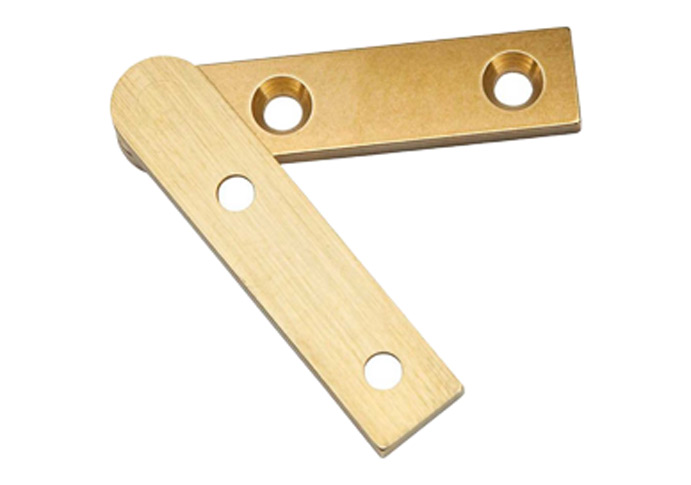
Strap hinges are often used on outside gates and inside cupboards for a more rustic aesthetic. These extra-long leaves, or straps, are meant to keep thick barn doors and gates from falling apart. The design of a strap hinge, which is often quite long and narrow, is the one and only distinguishing feature that actually defines these types of hinges.
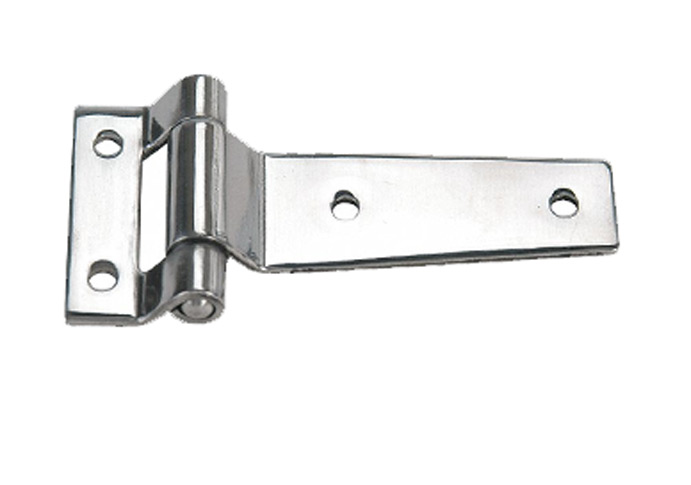
A concealed hinge, as the name implies, is a type of hinge that is hidden from view. There is no hardware that is visible from the outside of the door, therefore the door’s look is not compromised in any way. The magic, in the form of a concealed hinge, is not seen until after the door has been opened. This types of hinges are commonplace on front and interior doors, as well as cupboards and pieces of furniture.
The name says it all: an overlay hinge enables the cabinet door to rest partially or entirely on top of the frame. When a cabinet door is closed, an overlay hinge is one of the types of hinges that is totally hidden, or it can be semi-concealed.
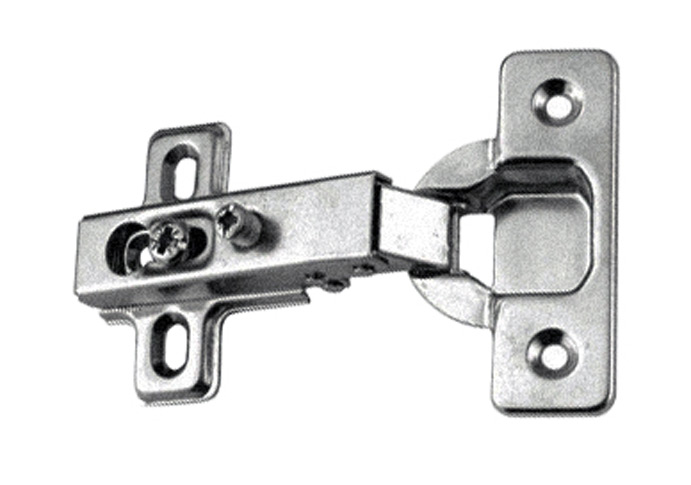
Have you ever tried to squeeze a sofa through a doorway only to discover that it was a half inch too narrow? Offset door hinges are useful for this purpose. A simple and affordable way to enlarge a doorway by installing an offset hinge. When planning for those who need walking aid like wheelchairs or walkers, these additional inches make a world of difference.
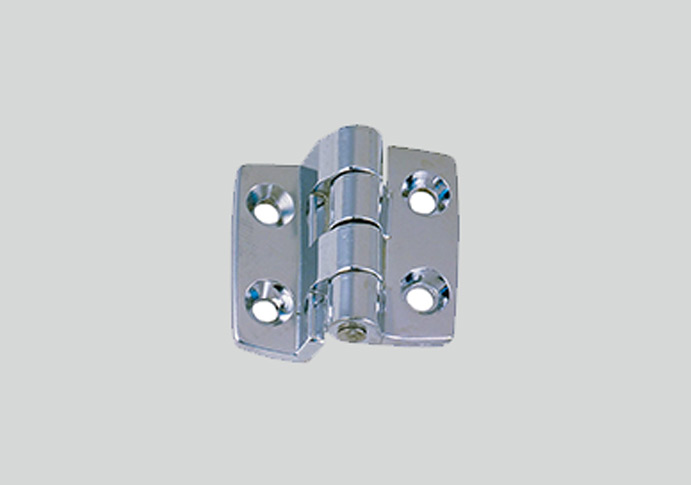
Rising butt hinge is a type of hinge that makes the doors closed without having to trim it. As the door opens, the spiral knuckle lifts it. When the door is released, its weight and the bevel on the hinged joint lead it to shut by itself in most circumstances, but not always. They only fit wooden doors and must be recessed, like butt hinges. They’re clockwise and anticlockwise.
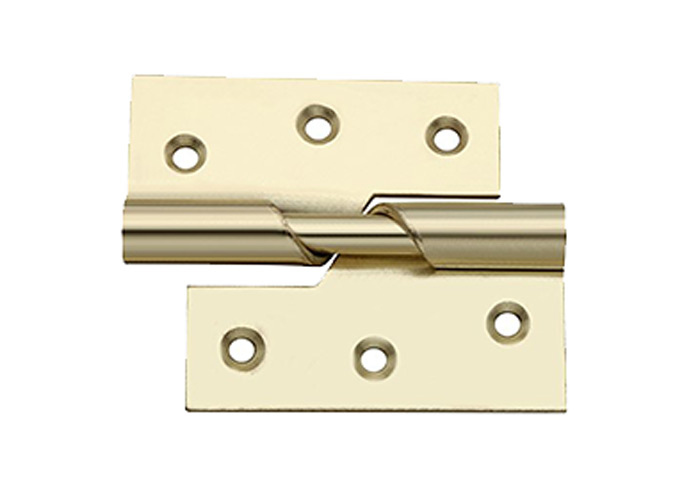
Unlike simple bearing hinges, ball bearing hinges feature a steel ball bearing buffer between the knuckles. Standard-weight ball bearing hinges feature bearings only at the top and bottom knuckles, therefore a five-knuckle hinge has two bearings.
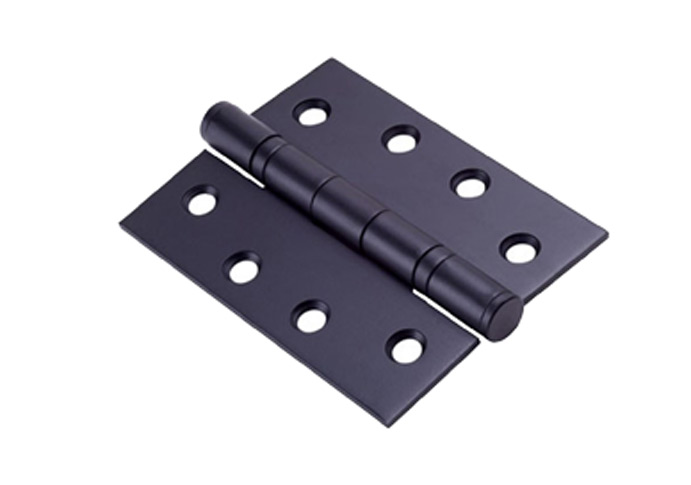
Sizes of the hinges vary with respect to the types, as known to the professional interior designers. The data required for selecting the types of hinge are: door/panel thickness, the components weight and the space available.
But there’s a trick called the Engineer’s trick to make things simpler and that is: go with the proportion of hinge to that of the door. This factor helps us choose the right option.
Door hinges come in a variety of types, each serving specific purposes in terms of functionality and aesthetics. Butt hinges, the most common type, are versatile and suitable for a range of door applications. Continuous or piano hinges run the entire length of the door, providing consistent support and are often used in heavy-duty or commercial settings. Euro hinges are popular for cabinet doors, offering a concealed and sleek appearance.
Ball-bearing hinges are known for their smooth operation, ideal for heavy doors, while pivot hinges allow doors to swing in both directions. Additionally, butterfly hinges and strap hinges contribute a decorative touch, enhancing the visual appeal of doors. The choice of door hinge depends on factors such as door weight, style, and intended use, allowing for a customised approach to meet specific design and functional requirements.
A question that pops up in our mind after all the discussions and explanations as professional interior designers is:
“Which are the factors that one needs to consider before finalising a hinge?”
To cut the long story short, an ideal way for the prospective interior designers, to get a hold of the types of hinges is to go for a market survey after reading this article.
So, Hinge on guys…!! 😛 😉 🙂
If you want any other information regarding hinges please comment below, we’ll respond soon for you..!! Awaiting for the comments 😀
Hinge is mechanical bearing used to connect a door to a frame. Its joints allow for angular movement between two connected pieces. They have two faces, or leaves, that are usually flat. Every piece that has to be linked has a leaf attached to it.
The holes in the leaves allow for the insertion of screws or bolts to shape the plant into a knuckle. It is sized like this so that a pin may fit through it and link the two moving pieces.
Different types of hinges allow the movable parts to have varying degrees of freedom of movement. Choose from a variety of styles and materials to find the perfect match for your needs and décor.
With the proper hinges, a cabinet door will swing open and close with no trouble at all. To do this, they are attached to the edges of the doors, from whence the doors may be folded open. Hinge hardware is essential to the smooth operation of almost every door. Hinge pins and screws are seldom in plain sight, yet they are crucial to the door’s smooth operation.
A hinge is a mechanical bearing that connects two plates. The pivot’s rotation around its axis enables the two items to rotate in relation to one another. Because alternative translations or rotations are not permitted, hinges have just one degree of freedom. Flexible material or moveable components might be used to create hinges.
The butt hinge is the most sturdy design. It’s purpose is to support the weight of the large, heavy doors seen in many homes and businesses.
Finding out what kind of cabinets and doors you have is the first step in choosing the right hinges.


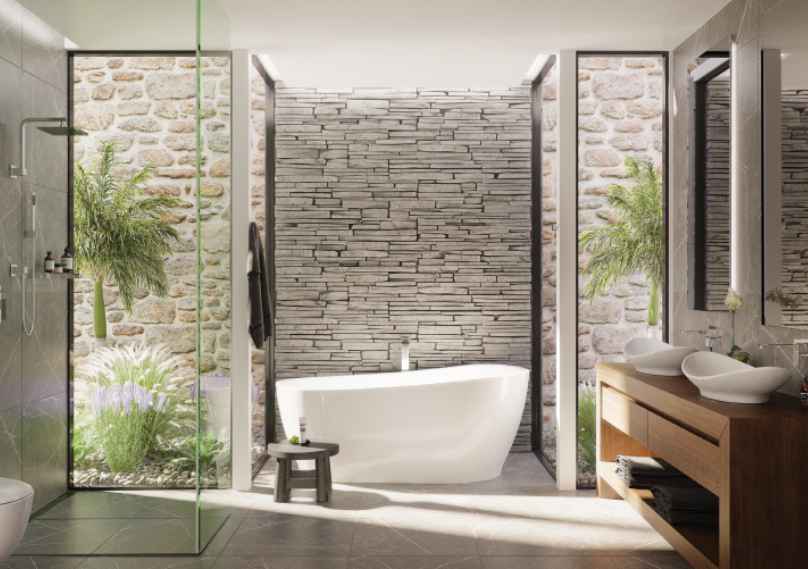
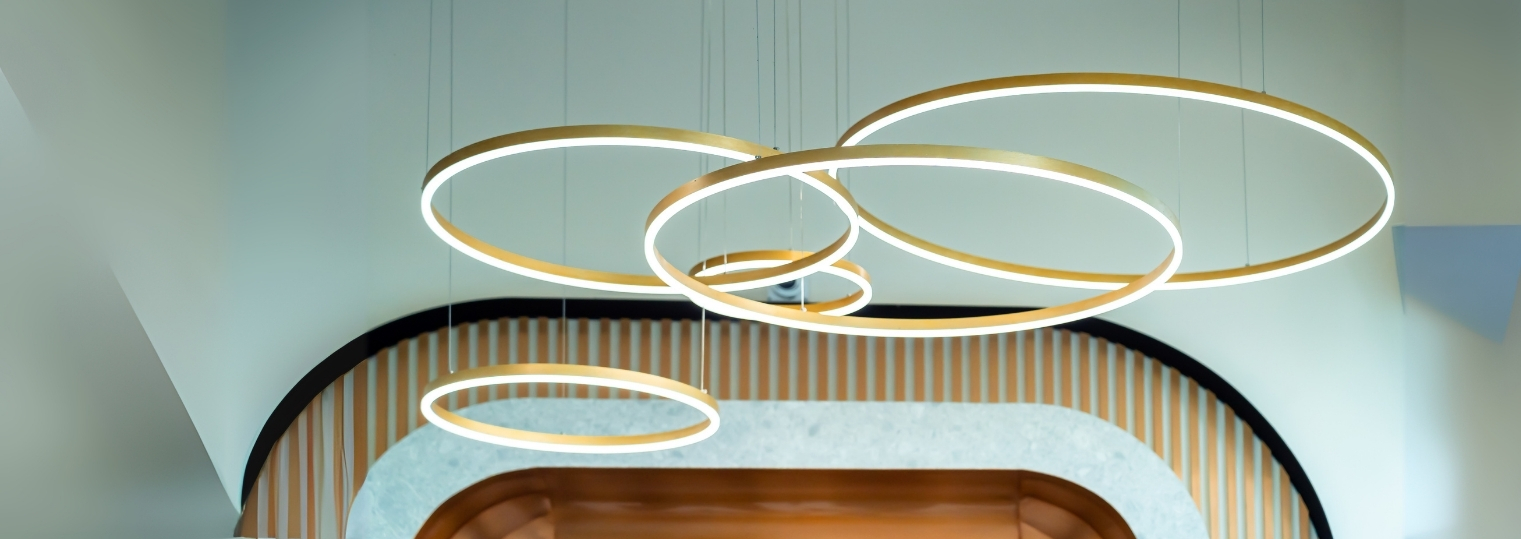
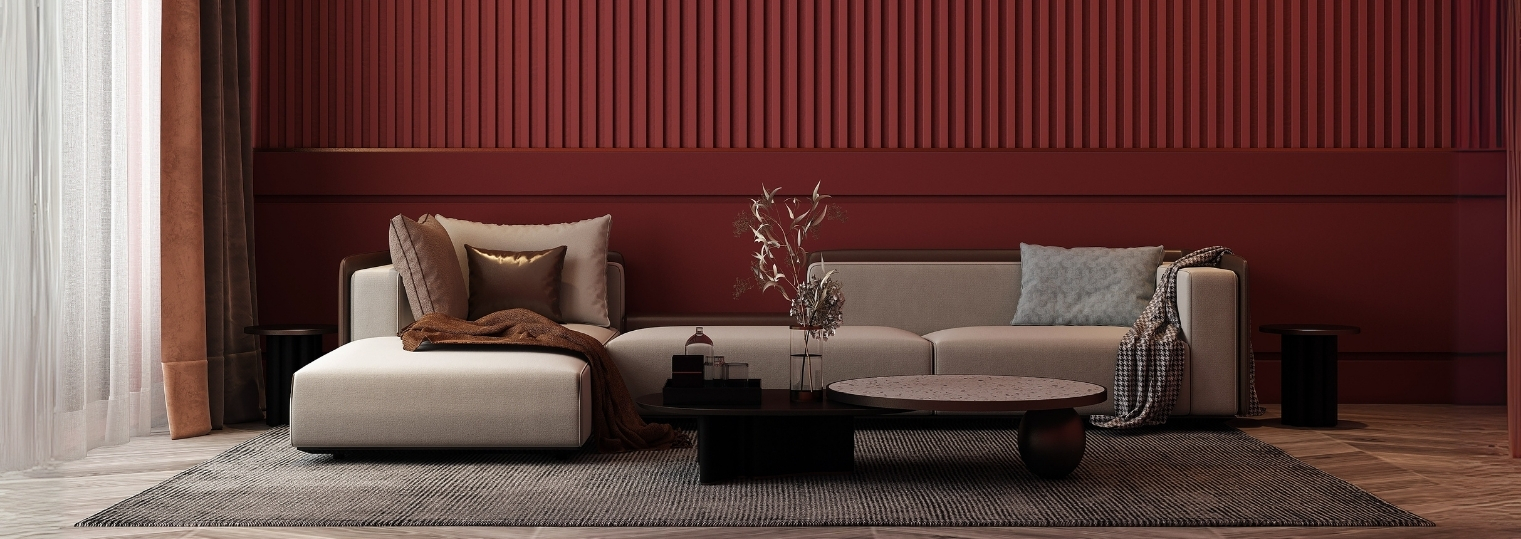
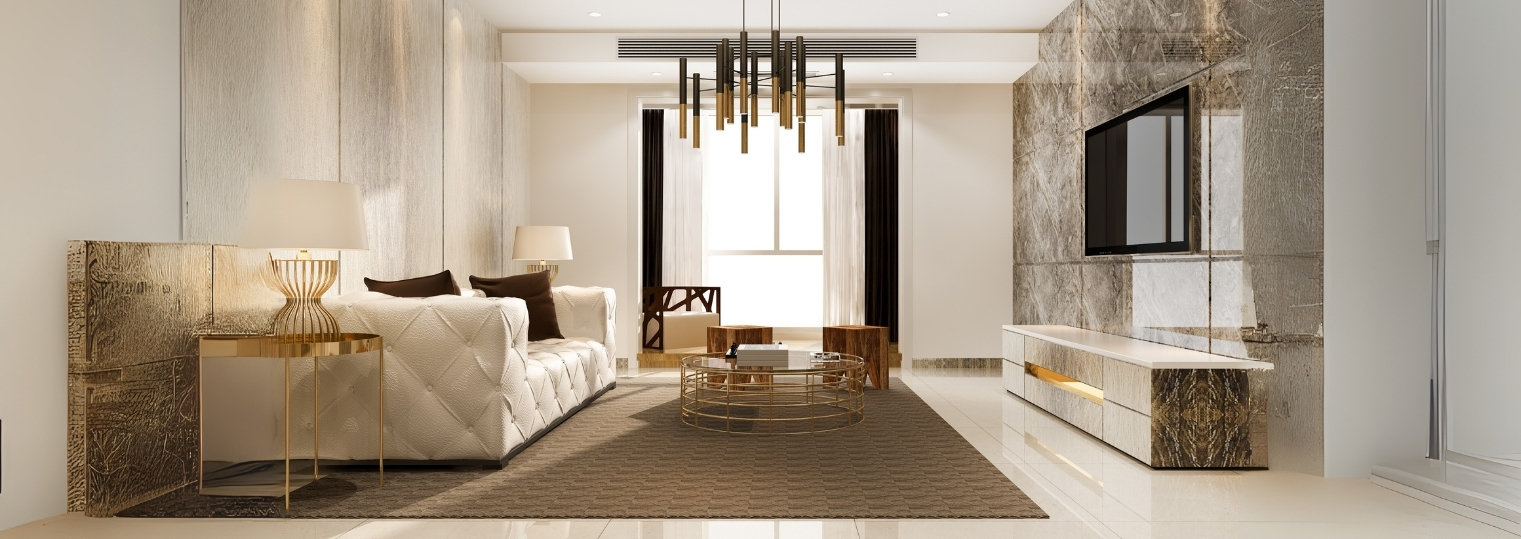
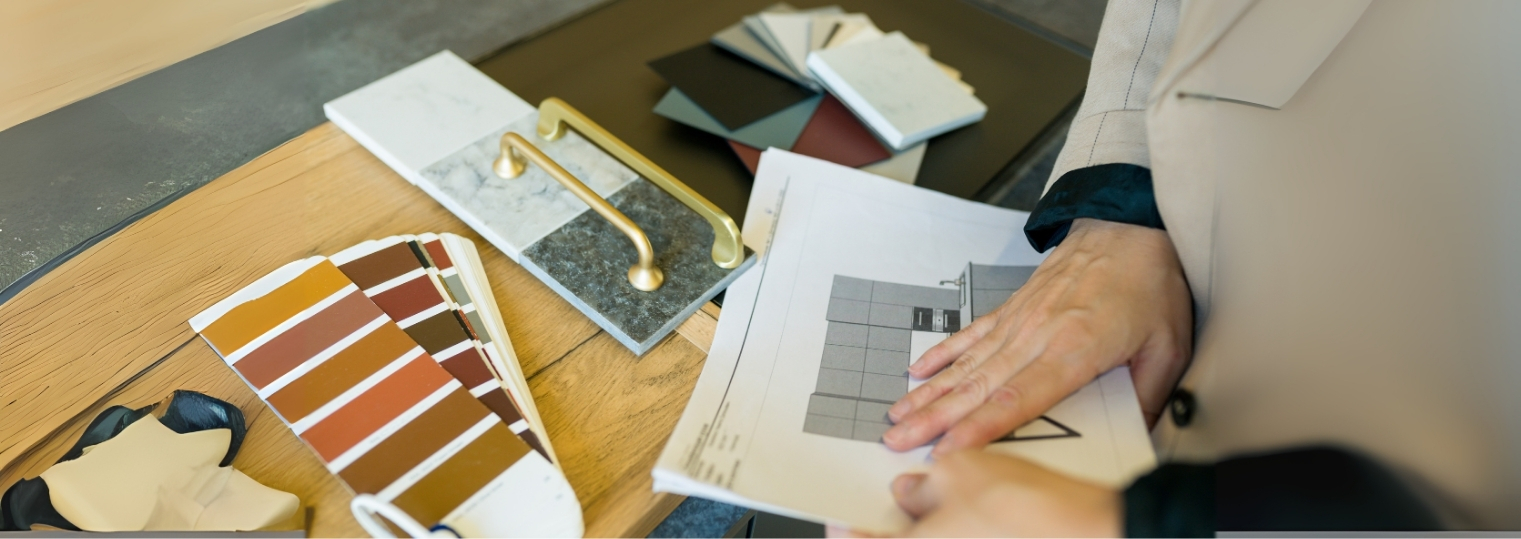
Session expired
Please log in again. The login page will open in a new tab. After logging in you can close it and return to this page.
Session expired
Please log in again. The login page will open in a new tab. After logging in you can close it and return to this page.